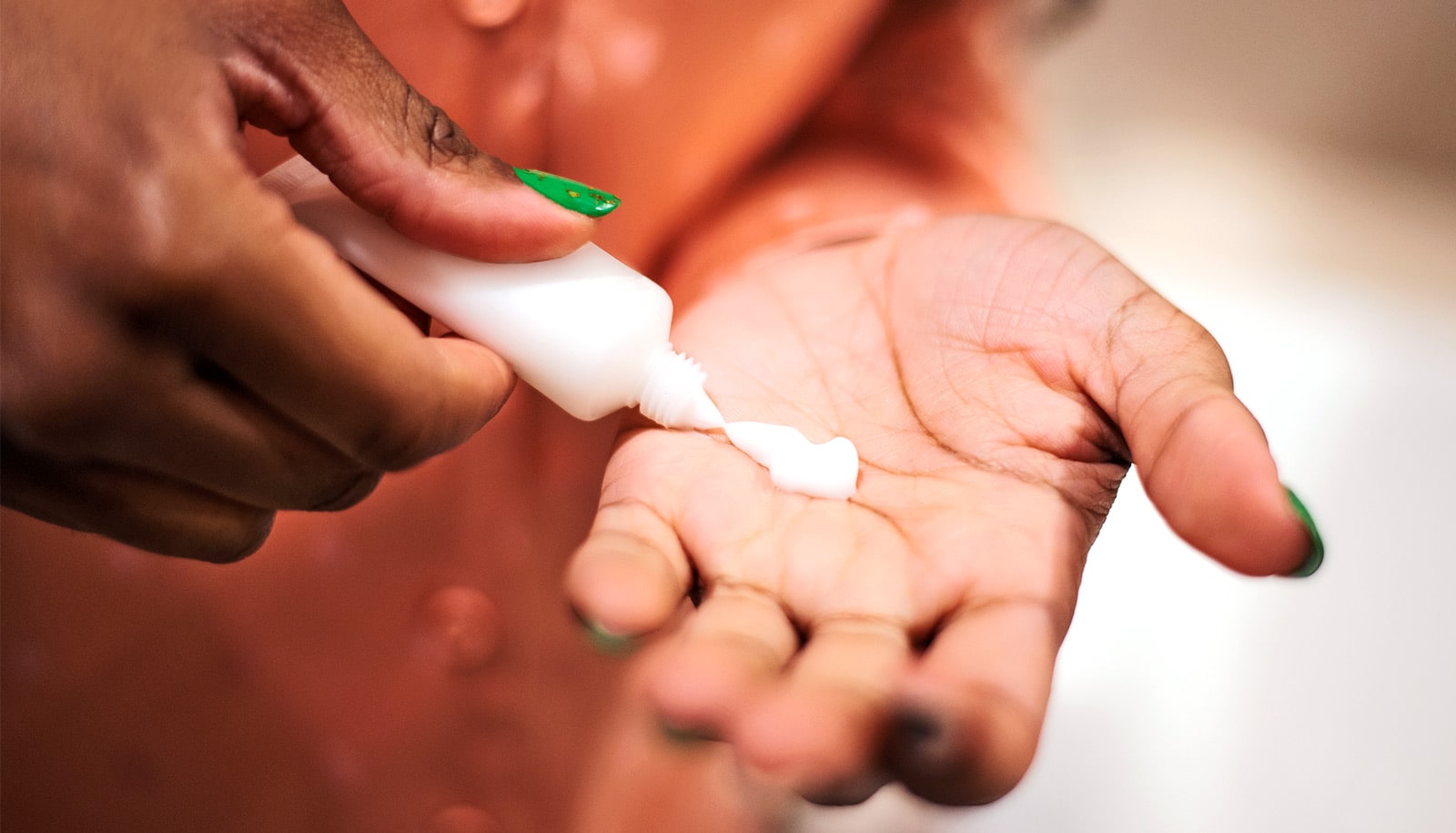U. WASHINGTON (US) — Scientists have sequenced the genome of a fetus in the womb without tapping its protective fluid sac.
This non-invasive approach to obtaining the fetal genome is reported in the journal Science Translational Medicine.
Maternal blood sampled at about 18 weeks into the pregnancy and a paternal saliva specimen contained enough information for the scientists to map the fetus’s DNA.
This method was later repeated for another expectant couple closer to the start of their pregnancy. The researchers checked the accuracy of their genetic predictions using umbilical cord blood collected at birth.
[sources]
Scientists have long known that a pregnant woman’s blood plasma contains cell-free DNA from her developing fetus. Fetal DNA appears in the mother’s plasma a few weeks after conception. It rises during gestation and normally vanishes after the baby arrives. While the concentration varies among individuals, about 10 percent of the cell-free DNA in a pregnant woman’s blood plasma comes from her fetus.
Based on this phenomenon, other research labs are designing maternal blood tests for major aberrations in the fetus’s genetic makeup. The tests are considered a safer substitute for the more invasive sampling of fluid from the uterus, a common procedure in obstetrical practice.
These new tests search for just a few genetic disorders or specific congenital abnormalities. For example, a test targeted for Down syndrome would look for evidence of three copies of chromosome 21.
Jacob Kitzman, who co-led the study with colleagues at the University of Washington, says what distinguishes his team’s latest methods is the ability to assess many and more subtle variations in the fetus’ genome, down to a minute, one-letter change in the DNA code.
“The improved resolution is like going from being able to see that two books are stuck together to being able to notice one word misspelled on a page,” says Kitzman.
With technical advances as well as statistical modeling, the research group overcame several obstacles that had stymied previous efforts to determine fetal genomes. With a preponderance of maternal rather than fetal DNA in plasma samples, a major problem was figuring out which genetic variants had passed from mother to child.
The scientists applied a recently developed technique to resolve the mother’s haplotypes, which are groups of genetic variations residing on the same chromosome. From these groupings, the researchers could pick out the parts of the baby’s genetic material inherited from each parent with over 98 percent accuracy.
The results suggest that a more refined, less costly version of their approach might make prenatal genetic screening vastly more comprehensive. Although technical and analytical difficulties currently exist, the researchers anticipate removal of these hindrances.
“This work opens up the possibility that we will be able to scan the whole genome of the fetus for more than 3,000 single-gene disorders through a single, non-invasive test,” says Jay Shendure, associate professor of genome sciences.
Although each specific disorder is rare, in aggregate single-gene diseases, also called Mendelian disorders because of their mode of inheritance, affect about one percent of newborns. The serious nature of these diseases often calls for specialized medical attention.
More news from the University of Washington: www.washington.edu/news/



